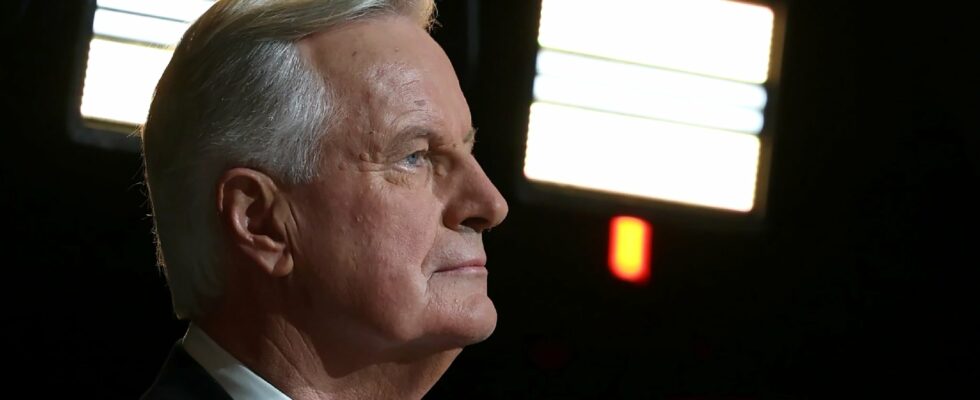“Do a lot with a little”: this is the course that Michel Barnier set for himself during his general policy declaration, a few days before the presentation of the finance bill. A formula that contrasts with what macronism has become on the economic level for five years now: “doing too much with not enough”, in other words, increasing spending despite limited resources.
Since 2018, expenses have piled up on top of each other. In the absence of lasting solutions, the President of the Republic has responded to each problem with billions. The spiral began at the end of 2018 with the 10 billion euros granted to put an end to the yellow vest crisis and has continued since then. For ease, the “Macron reforms” were gradually buried. That of the civil service promised in 2017 never saw the light of day while that of pensions, in 2023, was emptied of its substance. They gave way to “Macron checks” drawn at the slightest social unrest: 20 billion to fight against the increase in the price of energy, 11 billion to increase the index point of civil servants, 7.5 billion to reduce the price of gasoline at the pump, 3.8 billion to fight against inflation…. Between 2017 and 2025, public spending will have soared, but not the problems it was intended to solve. Further proof that the solutions do not always lie in increasing spending.
The repeated warnings of the former Minister of the Economy were ignored by the President of the Republic until the country found itself with its back against the wall. Because, for those who could still doubt it, “whatever it costs” does indeed have a price and we are paying it in full today. After counting on 4.4% then 5.1%, the deficit will finally reach 6.1% of GDP in 2024. If nothing changes, the 7% mark will be crossed next year: a level close to that experienced at the height of the subprime crisis! Given the lightness with which budgetary issues are handled by the president, Michel Barnier has already achieved a feat: presenting, in less than two weeks, a budget with 60 billion euros in savings. A sum which remains far from sufficient to regain budgetary balance but which will make it possible to plug the gaps and save what can still be saved. A first step before being able to begin real structural reforms to drastically reduce public spending in 2025.
This 2025 budget also allows two signals to be given. The first signal is intended for our partners that it is essential to reassure as France now borrows at rates exceeding those of Greece and a procedure for excessive public deficits was launched at the beginning of the summer by the Commission . The second signal is for the attention of the French themselves: it is now an end to extravagant spending. A message of truth which will undoubtedly have to be repeated by the government throughout the parliamentary debate while these first efforts are already causing some teeth-grinding on the opposition benches. Indeed, while France will continue to go into debt in 2025 to the tune of 5% of its GDP and public spending still represents 56.3% of our GDP, the left is already up against the “plan d “the most violent austerity the country has ever known.” By denouncing a “calamity” synonymous with “breakdown of public services” and “suffering”, the left is showing total excess. Which says a lot about the state of mind of many political leaders who have become addicted to infusions of “magic money” to the detriment of France’s economic credibility.
In reality, everything suggests that the “austerity cure” is more akin to a detoxification cure. Michel Barnier will have to face a major challenge: making the French understand that increasing public spending that is both costly and ineffective is dangerous. It is urgent to wean ourselves from this deadly poison.
.
